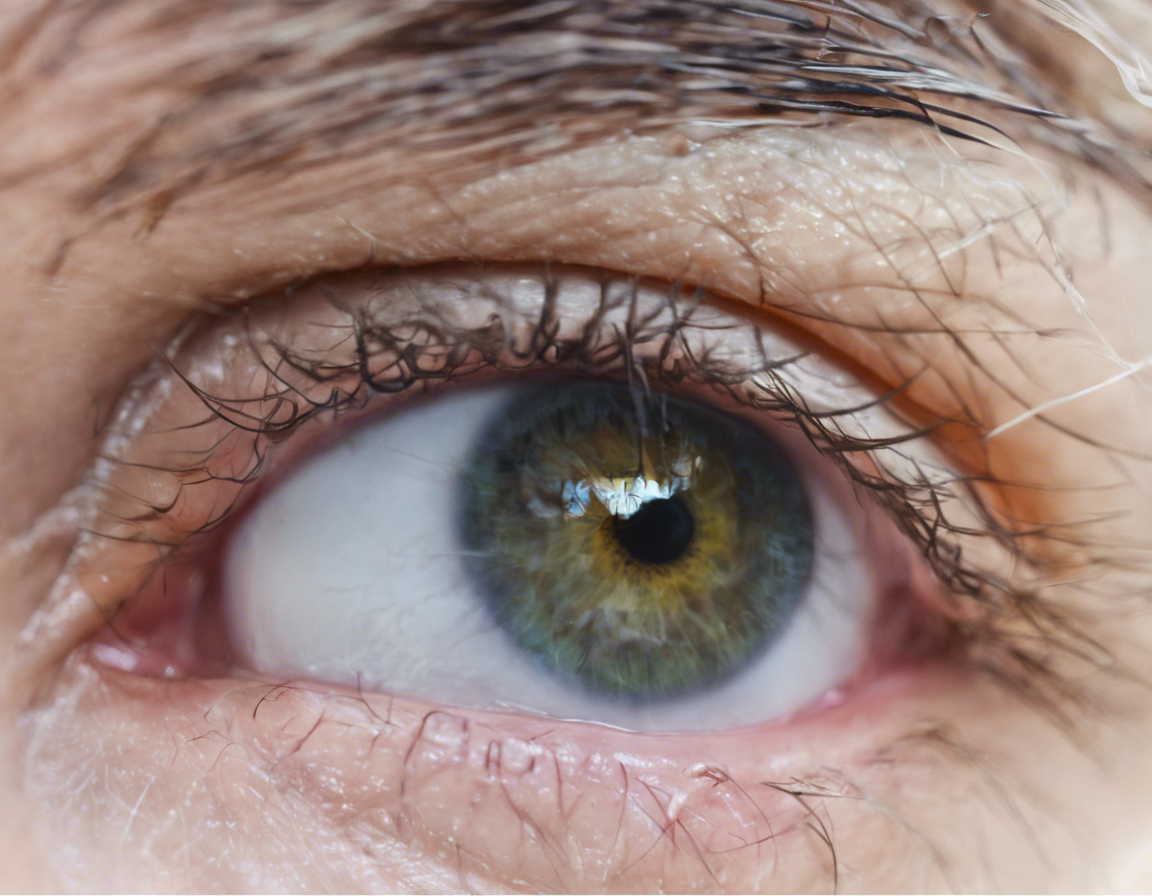Introduction
Eye flu, also known as conjunctivitis, is a condition that causes inflammation of the clear membrane that covers the white part of the eye and lines the inner surface of the eyelid. It can be caused by a viral or bacterial infection, allergies, or irritants. Eye flu symptoms include redness, itching, watering, and discharge, making it crucial to find relief for this uncomfortable condition.
Choosing the Right Eye Drops
When dealing with eye flu, using the right eye drops can provide relief and promote healing. There are various types of eye drops available, and it’s essential to know which one is best suited for your specific eye flu symptoms.
1. Antihistamine Eye Drops
If allergies are causing your eye flu, antihistamine eye drops can help reduce itching, redness, and swelling. They work by blocking histamine, a chemical produced by the immune system when an allergic reaction occurs.
2. Antibiotic Eye Drops
For bacterial conjunctivitis, antibiotic eye drops may be prescribed to fight the infection and relieve symptoms. It’s crucial to use these drops as directed by your healthcare provider to ensure the bacteria are fully eradicated.
3. Lubricating Eye Drops
Lubricating eye drops can provide relief for dry eyes associated with eye flu. These drops help soothe irritation and keep the eyes moist, reducing discomfort and promoting healing.
4. Decongestant Eye Drops
Decongestant eye drops can help reduce redness in the eyes by constricting blood vessels. However, they should be used sparingly as prolonged use can worsen symptoms or cause rebound redness.
5. Combination Eye Drops
In some cases, combination eye drops that contain multiple active ingredients may be recommended to address various symptoms of eye flu, providing comprehensive relief.
Tips for Using Eye Drops
Proper application of eye drops is crucial to ensure their effectiveness and prevent contamination. Follow these tips for using eye drops effectively:
- Wash your hands before and after applying eye drops to prevent introducing bacteria into the eyes.
- Tilt your head back and pull down your lower eyelid to create a small pocket for the drops.
- Avoid touching the tip of the eye drop container to your eye to prevent contamination.
- Close your eyes gently after applying the drops to allow them to spread evenly over the eye surface.
- Wait at least 5 minutes between different eye drops if you need to use more than one type.
FAQs:
Q1: Can I use over-the-counter eye drops for eye flu relief?
A1: Over-the-counter eye drops can provide relief for mild cases of eye flu, but it’s essential to consult with a healthcare provider for a proper diagnosis and treatment plan.
Q2: How long should I use eye drops for eye flu symptoms?
A2: The duration of eye drop use for eye flu depends on the underlying cause and severity of the condition. Follow your healthcare provider’s recommendations for the most effective treatment.
Q3: Can I wear contact lenses while using eye drops for eye flu relief?
A3: It’s best to avoid wearing contact lenses while using eye drops for eye flu to prevent further irritation and promote faster healing. Consult with your eye care provider for guidance.
Q4: Are there any side effects of using eye drops for eye flu?
A4: Some eye drops may cause temporary stinging or blurred vision, but these side effects usually subside quickly. If you experience persistent discomfort, consult your healthcare provider.
Q5: Can I share my eye drops with others if they have similar symptoms?
A5: It’s important not to share eye drops with others, even if they have similar symptoms, as this can spread infection or cause adverse reactions. Each person should use their own prescribed eye drops.
Conclusion
Finding the right eye drops for eye flu relief is crucial for managing symptoms and promoting healing. Whether you need antihistamine drops for allergies or antibiotic drops for bacterial conjunctivitis, consulting with a healthcare provider can help determine the best course of treatment. Proper application of eye drops and following recommended guidelines can enhance their effectiveness and ensure a speedy recovery from eye flu.

